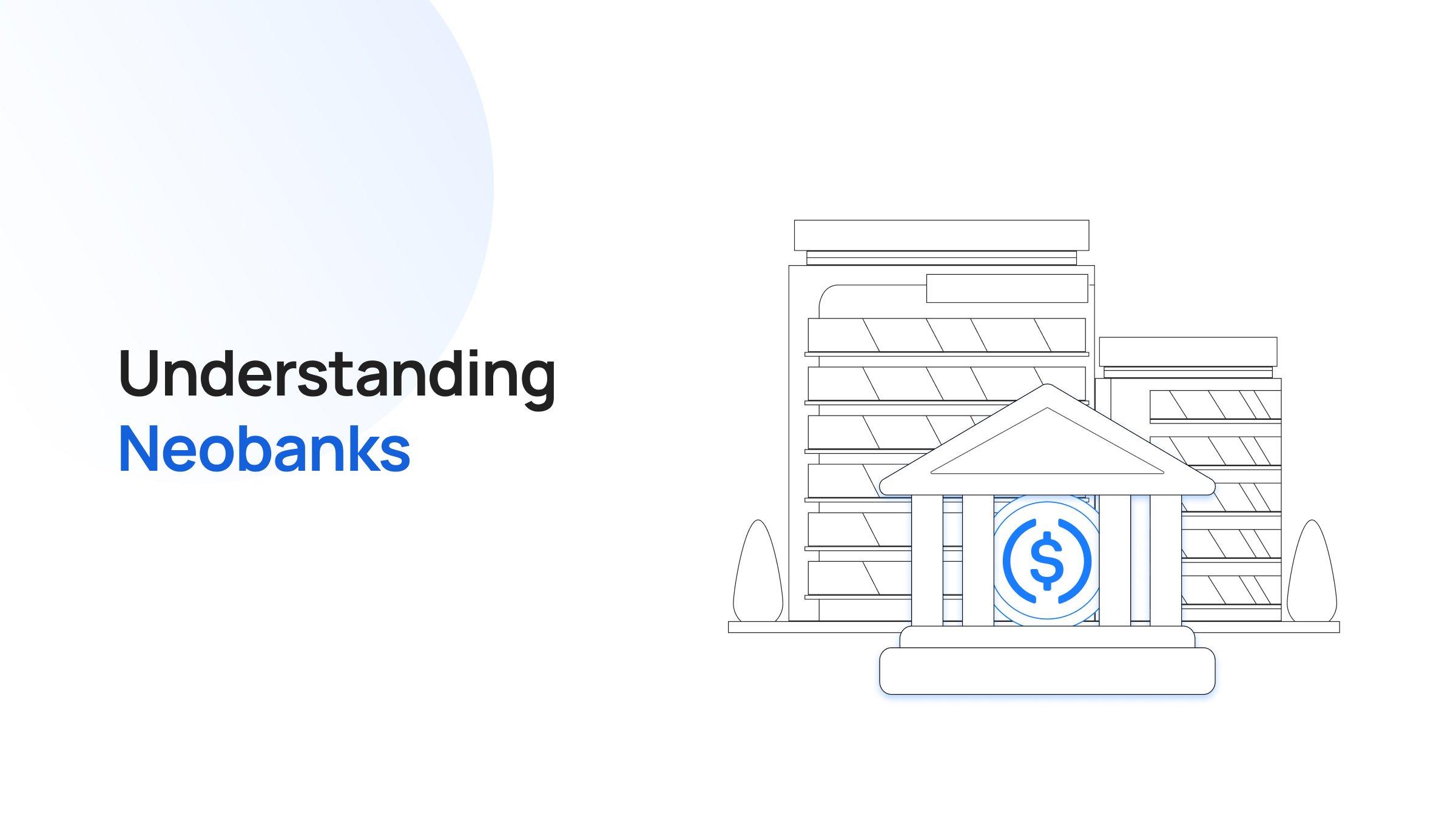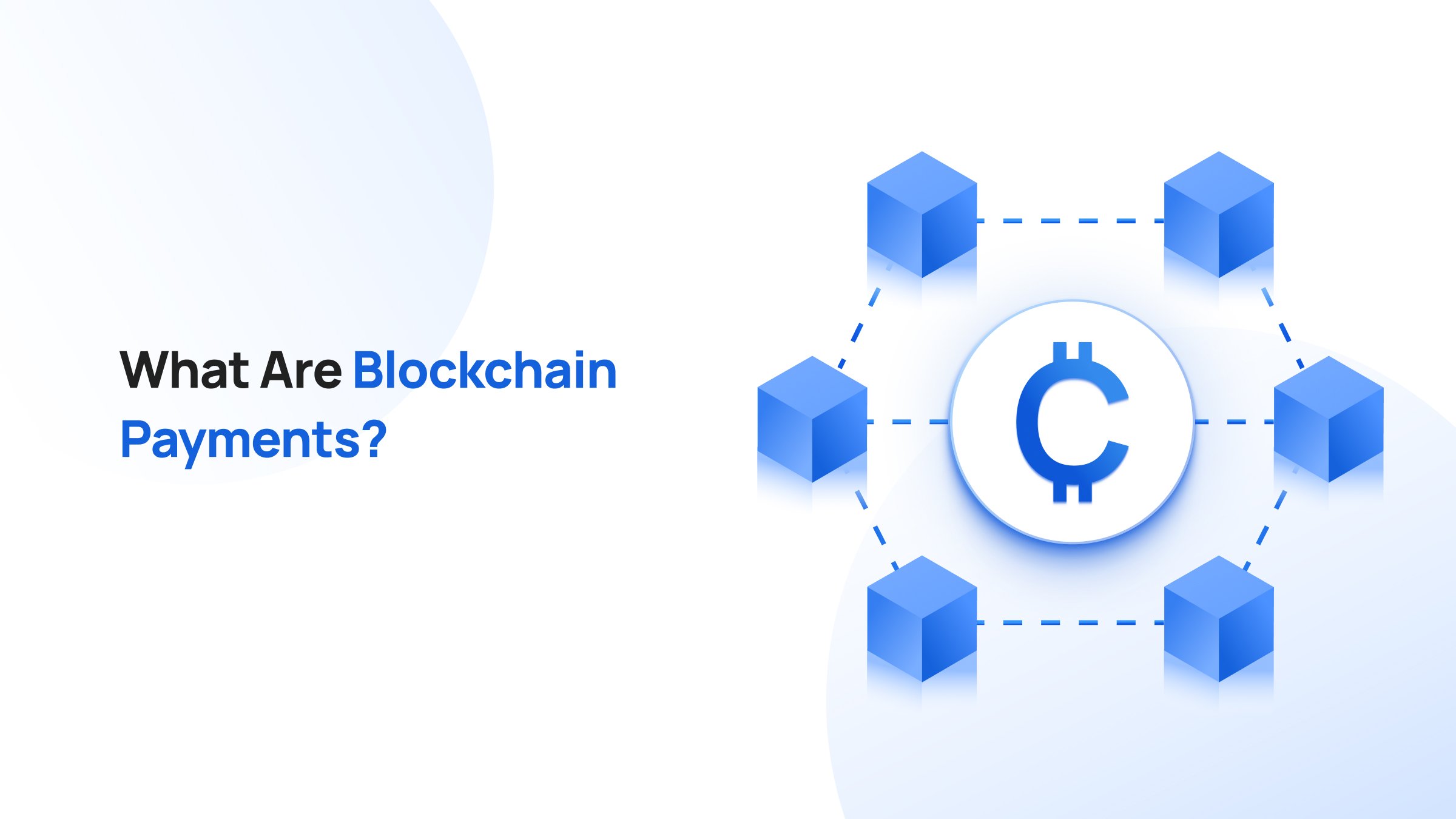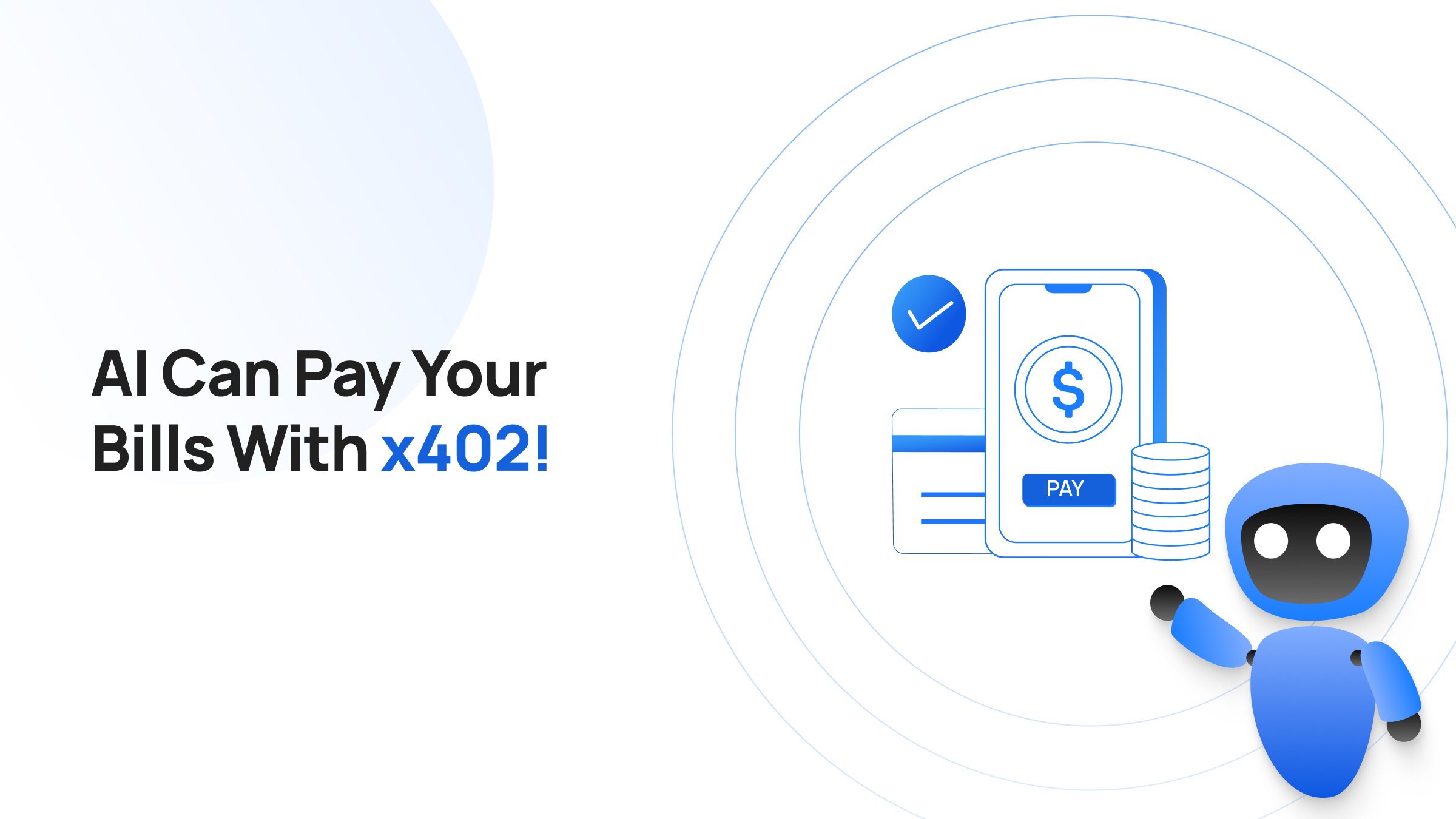The US Dollar accounts for nearly 60% of all global foreign exchange reserves, is used in almost 90% of all forex trades, and dominates international trade invoicing. Even outside U.S. borders, the Dollar is indispensable.
Several countries have taken this reliance even further. Nations like Ecuador, El Salvador, Zimbabwe, East Timor, and Panama have fully or partially adopted the U.S. Dollar as legal tender. Did they do it out of loyalty to the U.S.? No, but out of necessity! When local currencies collapse under hyperinflation, corruption, or mismanagement, the Dollar becomes the anchor of last resort as it’s liquid, stable, and globally accepted.
But the paradox is that while the dollar is accessible in theory, it’s still frustratingly out of reach for billions of people in practice.
The Pitfalls of Traditional Finance
For much of the world, especially in underdeveloped and developing regions, accessing the Dollar means navigating an outdated and exclusionary financial system.
Want to open a U.S. dollar account in rural Africa or Southeast Asia? Good luck with the following:
- Limited banking infrastructure
- Unreliable local intermediaries
- Delays from correspondent banking chains
- High remittance and conversion fees
- Opaque compliance requirements
And that’s just the beginning. Capital markets remain closed off to those without elite access. Cross-border transactions are slow, often taking 2–5 business days via SWIFT. Trust in institutions is low, and for good reason, many citizens have seen their life savings eroded by local bank failures, currency devaluations, or corrupt regimes.
The result is a global class of economic participants who are systemically excluded from modern finance.
Limits of the Old System
The traditional financial system has many inefficiencies that stablecoins can easily bypass by design.
For instance, payment rails are fragmented by geography and jurisdiction, currency conversions involve hidden fees, and SWIFT-based transfers can be held up by banking hours, time zones, and reconciliations across multiple institutions.
Also Read: What Are Stablecoins?
But most importantly, the old system is exclusionary by design. It assumes any person would have access to ID documentation, reliable banks, and trust in central authorities. But that’s not the case for 1.4 billion unbanked adults around the world.
Even remittances, which are a lifeline for millions of families in developing countries, are often charged exorbitant fees, averaging ~7% of the total amount, depending on the corridor.
Infrastructure Makes All the Difference
In dollarized economies or countries with unstable currencies, stablecoins like USDT and USDC are increasingly seen as safer and more useful than local cash because they are they are dollarized by default and work with just a smartphone and internet.
For stablecoins to be usable, accessible, and compliant for everyday people and businesses infrastructure must be solid, and Transak is building the global infrastructure layer for stablecoin-based payments.
Platforms can rely on our robust KYC framework, travel rule compatibility, and regulatory readiness, so they can focus on building user experiences, not legal teams. Our systems are ISO/IEC 27001 certified and SOC 2 compliant, ensuring the highest standards of data security, uptime, and transparency.
“We’re enabling the next wave of use cases that truly benefit the next billion users. Through our APIs, any app can now offer users the ability to top up with stablecoins, pay creators, send remittances, or engage in micro-commerce. We’re seeing a future where remittances flow instantly from a son in London to his mother’s phone wallet in Ghana,” said Sami Start, CEO and co-founder of Transak.
The U.S. dollar isn’t going anywhere. But the way it’s distributed, accessed, and utilized is undergoing a fundamental transformation.
Also Read: What Are Dark Stablecoins? The Secret Future Of Stablecoins






